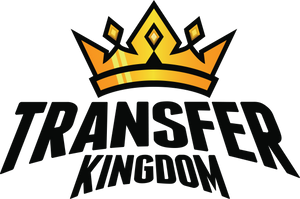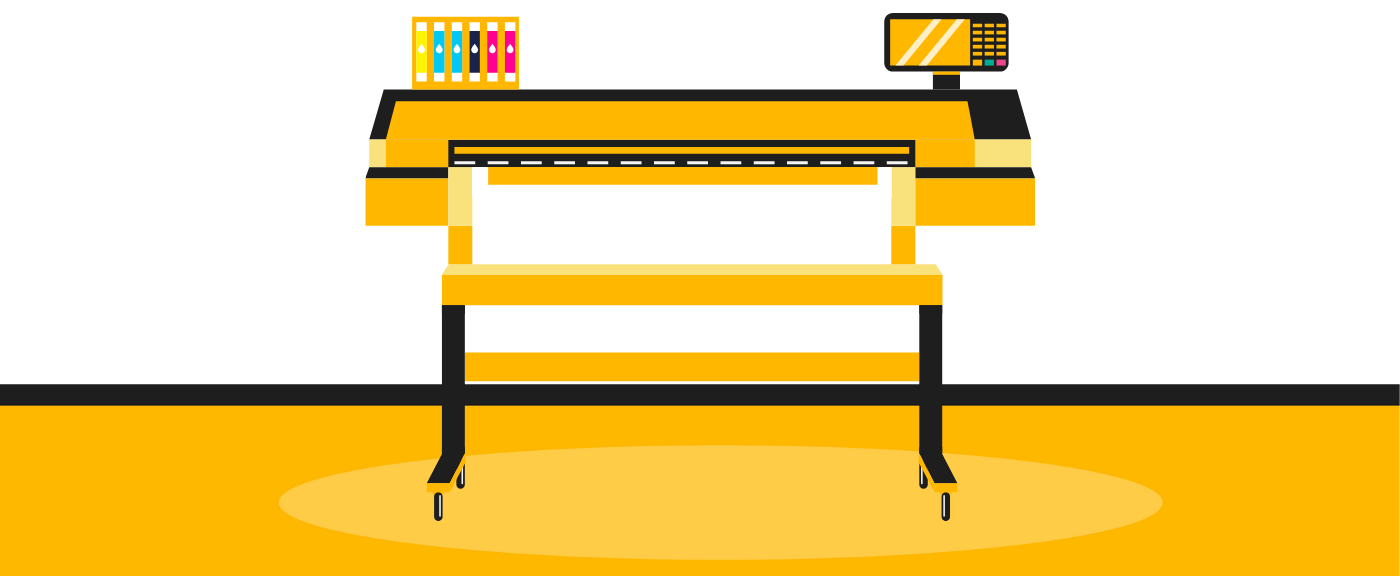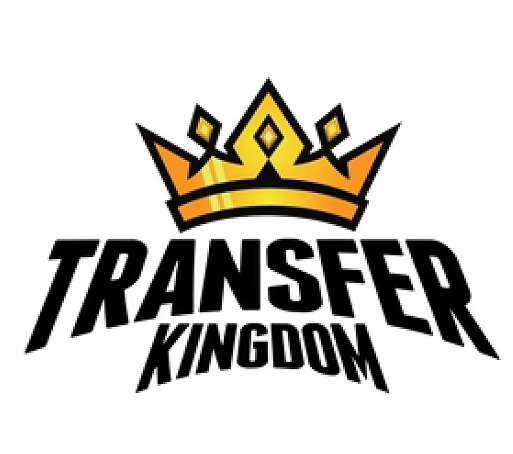Cheapest Way to Print Quality T-Shirts (2025 Small Business Guide)

Table of Contents
The Cheapest Way to Print Quality T-Shirts: A Small Business Guide
For a new or growing t-shirt business, the biggest challenge is balancing quality and cost. You want to offer your customers a professional, durable product that builds your brand's reputation, but you can't afford the massive upfront investment that traditional printing methods often require. So, what is truly the cheapest way to print t-shirts without sacrificing quality?
The answer isn't just about the per-shirt price; it's about the total cost of entry, your design flexibility, and your ability to scale profitably. This guide will provide a definitive comparison of the top custom printing options, breaking down the true costs and helping you find the smartest, most affordable path to success.
The Myth of "Cheap": Why Quality Matters Most
Before we dive into methods, it's crucial to understand that the absolute "cheapest" option (like DIY iron-on paper) is often the most expensive in the long run. A low-quality print that cracks, peels, or fades after one wash will destroy your brand's reputation and lead to customer complaints and lost sales.
Therefore, our goal is to find the most affordable professional method. We're looking for the cheapest way to print t-shirts that are high-quality, durable, and something you can be proud to sell.

Comparing the Top 3 Custom Printing Options
For a small business, there are three primary methods to consider, each with a very different cost structure.
DTF (Direct-to-Film) Transfers (Ordered from a Supplier): You create the designs, and a professional supplier prints them for you. You receive ready-to-press transfers and apply them with a heat press.
Screen Printing: The traditional method of pushing ink through a mesh stencil. It requires a lot of equipment and is only cost-effective for very large orders of simple designs.
DTG (Direct-to-Garment): A specialized printer that applies ink directly to the shirt. It's great for single, complex prints but the equipment is extremely expensive.

The Cost Breakdown: Finding the Truly Affordable Option
To find the cheapest way to print t-shirts, we need to look at both the startup costs and the per-print cost.
| Cost Factor | DTF Transfers (From a Supplier) | Screen Printing | Direct-to-Garment (DTG) |
| Startup Investment | Low ($500 - $3,000 for a heat press) | High ($3,000 - $10,000+) | Very High ($15,000 - $30,000+) |
| Cost for 1-25 Shirts | Low (No setup fees per design) | Very High (Expensive setup per color) | Medium (High ink cost) |
| Cost for 100+ Shirts | Very Low (Gang sheets reduce cost) | Low (Best for huge bulk orders) | High |
| Design Flexibility | Excellent (Unlimited colors) | Poor (Costly per color) | Excellent (Unlimited colors) |
| Profit Potential | Excellent (Low risk, high margin) | Good (Only at very high volume) | Poor (High overhead) |
The Verdict: DTF Transfers are the Cheapest Way to Print Quality T-Shirts
When you analyze the total financial picture, the winner is clear. For a small business, ordering DTF transfers from a supplier is, without question, the cheapest way to print t-shirts at a professional quality level.
Here’s why:
Minimal Startup Cost: You can launch a legitimate, professional-quality t-shirt business with just a heat press. You don't need a $15,000 printer. This dramatically lowers your financial risk. Our guide on the cost to start a DTF business breaks this down in detail.
No Hidden Fees: With screen printing, every color in your design adds significant setup costs. With DTF, you can have a one-color or a million-color design for the exact same price.
Profitability at Any Scale: You can profitably sell a single shirt. As you grow, you can use a custom DTF gang sheet builder to place dozens of designs on one sheet, driving your per-print cost down to a level that competes with screen printing, but without the volume commitment.
Zero Waste: With DTG or screen printing, a mistake in production means a ruined shirt. With DTF transfers, you only press what you sell, eliminating costly inventory errors.
By leveraging a supplier like Transfer Kingdom, you get the benefits of a multi-million dollar production facility without any of the investment. You are tapping into the most durable printing method without the overhead.
Frequently Asked Questions (FAQ)
What is the absolute cheapest way to make a single shirt at home?
Using iron-on paper from a craft store is the cheapest for a one-time DIY project, but the quality is not suitable for a professional business as it often cracks and peels quickly.
Is screen printing ever cheaper?
Screen printing only becomes cheaper on a per-shirt basis if you are printing hundreds or thousands of the exact same one or two-color design. For any small business that needs variety, it is far more expensive.
How much does a DTF transfer cost?
A single, chest-sized custom DTF transfer ordered by size can range from $4 to $8. When placed on a gang sheet, that same design can cost as little as $1 to $2.
Do I need an expensive t-shirt to get a quality print?
No. While premium shirts feel great, DTF transfers apply beautifully to a wide range of affordable, high-quality blanks. Our guide on how to choose products for your t-shirt business can help you find the perfect balance of cost and quality.
Can I print on dark shirts with this method?
Yes. DTF transfers are printed with a white ink underbase, so they are fully opaque and look incredibly vibrant on any color garment.
What is a gang sheet?
A gang sheet is a large sheet of DTF film where you can arrange multiple designs to be printed at once. It's the single most effective tool for making DTF the cheapest way to print t-shirts.
How do I get started with DTF transfers?
All you need to do is create your custom apparel designs, upload them to our site, and we ship them to you ready to press.
What other products can I make with DTF?
DTF works on a huge variety of materials, including hoodies, tote bags, hats, and more. This versatility is key to expanding your product line. Check out our guide to DTF-compatible fabrics for ideas.
Is it hard to apply a DTF transfer?
Not at all. With a quality heat press, the process takes about 15 seconds and is very easy to master.
Why shouldn't I just buy my own DTF printer?
Buying a printer is a massive investment with a steep learning curve and constant maintenance. Our guide on printing in-house vs. buying from a supplier shows why ordering transfers is the smarter choice for 99% of small businesses.








